9 Flashes of Christmas in Gran Canaria
Christmas in Gran Canaria shines in its cultural, culinary and commercial offer, in addition to the island’s mild climate, nature and fusion of tradition and modernity.
1. In the footsteps of the sun
Christmas rituals follow the pace of the sun. Every 21st December, the days begin to grow longer and the nights shorter, and we are reminded that the cycle of life goes on. It has always been like this. Light is used to reigning over the summit of Gran Canaria where the ancient inhabitants of the island identified markers such as the Roque Bentayga to mark the arrival of the winter solstice and thus organise farming, livestock and social rites that ensured their survival. Climbing to the roof of Gran Canaria this Christmas can be an experience that connects us with the age-old relationship between humans and the stars, in a territory that has been declared a StarLight Reserve because of the extraordinary natural conditions for observing the night sky. Furthermore, this area is the heart of the archaeological site known as the Cultural Landscape of Risco Caído and the Sacred Mountains of Gran Canaria, a UNESCO World Heritage Site.
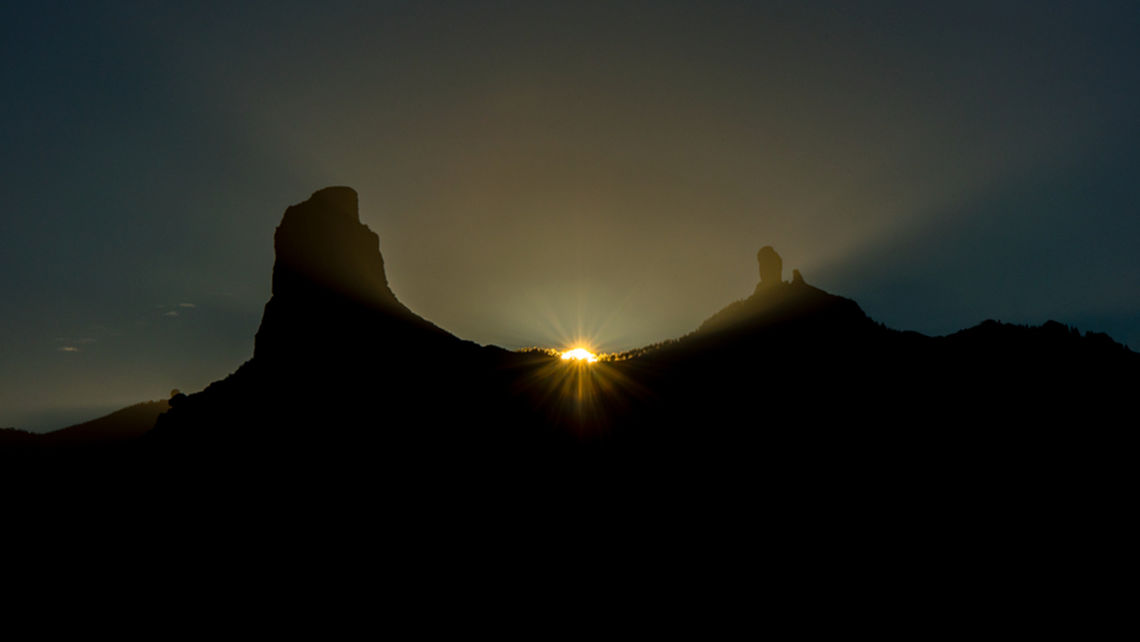
2. Gold on the shores
The next flash of light leads us from the heights to the promising seashore, where the sand of Las Canteras Beach in Las Palmas de Gran Canaria glitters like gold dust. Here, just like every Christmas for the last fifteen years, the Sand Nativity Scene comes alive, while bathers are unceasingly getting in and out of the crystal-clear waters of the bay. Surfers dressed up as Santa Claus are another typical image of our not-so-typical Christmas, with similar scenes happening in different parts of the coast of Gran Canaria, where Christmas trees shine at the end of the warm, sea salt days in coastal sandbanks, rock pools and natural pools.
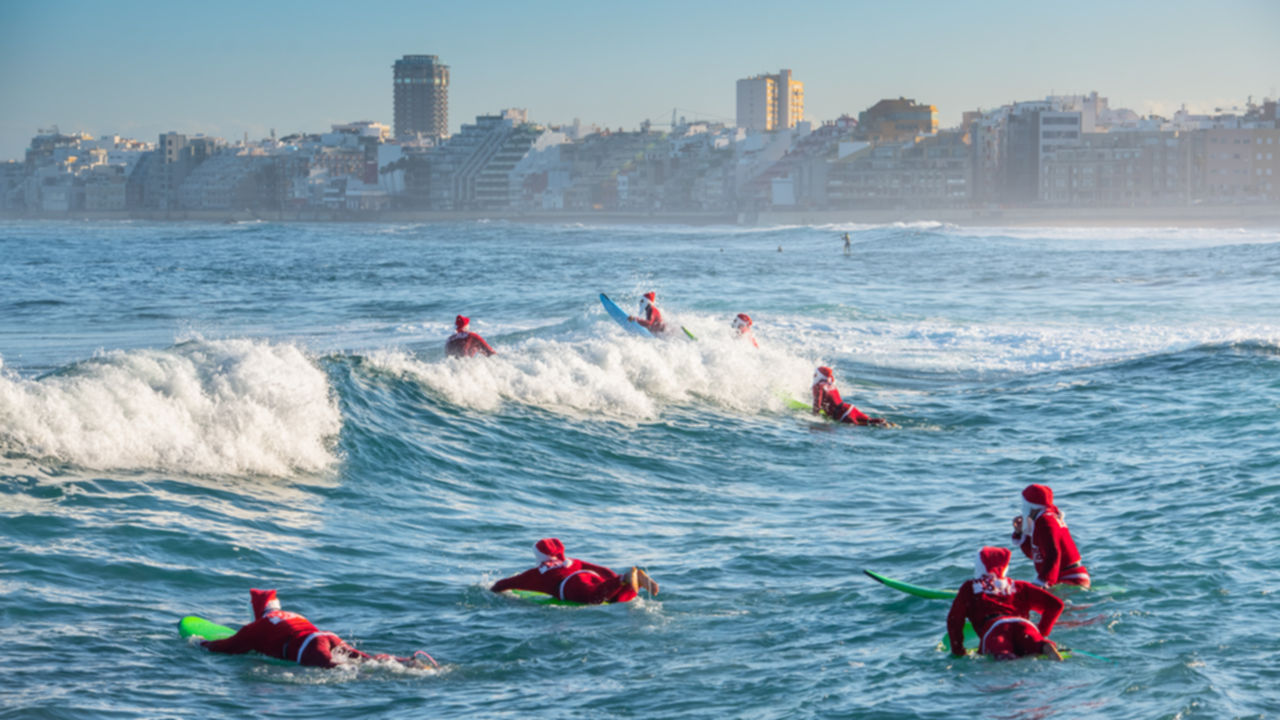
3. Crystal lights
Sunlight plays with one’s senses as it streams through the stained-glass windows of the Cathedral of Santa Ana, in the old quarter of Vegueta, in Las Palmas de Gran Canaria. The sun’s rays cross the galleries, illuminating the dust particles suspended in the air before reflecting the colours of the glass windows on the floor of the temple. Visiting the different century-old urban centres of Gran Canaria will allow you to discover the island’s rich heritage in the mornings, afternoons and dressed up evenings. Moreover, here tradition coexists with the most authentic range of restaurants, shops and handicrafts.



4. Golden footprints
We are the steps we have left behind. And the steps we will take. The dunes of Gran Canaria, are mountains that move, giants crouching on the shores of the Atlantic that inevitably evoke the landscapes associated with the journey through the desert of the Three Wise Men on their indefatigable camels. The wind will erase the golden footprints that we leave engraved on the marked trails of this natural space, but they will live on in the memory of Christmases past in this southern region of the Christmas map.
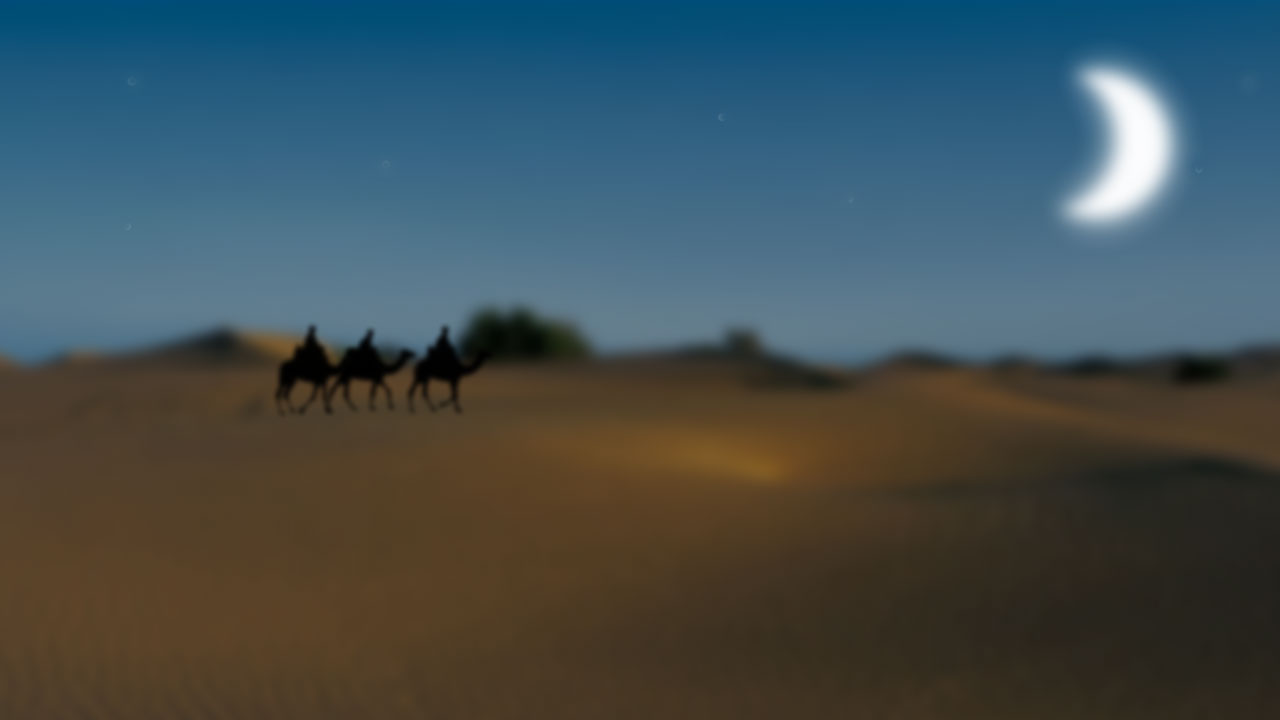
5. A flash in the shadows
Light and shadow need each other. One cannot exist without the other. Leaving the imaginary tracks of the Three Wise Men’s camels behind, engraved on the dunes in the south of Gran Canaria, we head inland to the magical rainforests or laurel forests. There, we can let our imagination run wild and believe that the Christmas elves really live inside the hollows of the trees, among the roots that cover the ground, under the moss-covered stones or even hidden from our gaze, inside the striking orange bell-shaped flowers of the Canary Island bellflower, known as bicacaro, an endemic species of the Canary Islands that emerges like a flash in the shadows.
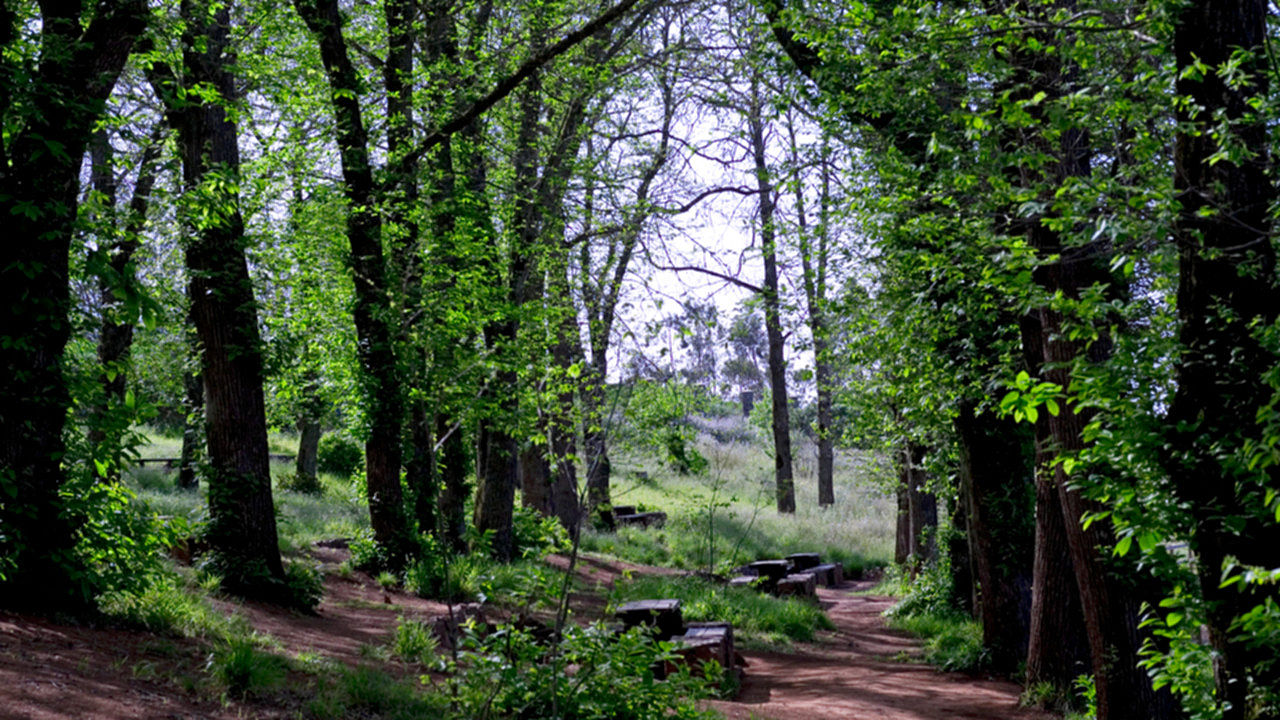
6. Silver sounds
The sounds of Christmas in Gran Canaria are silver and gold. Christmas music shines in the eyes of the performers and on the silver and gold surfaces of their clarinets, tubas, trumpets and tambourine rattle. So we recommend keeping an eye out for the different concerts and performances taking place either in the open air or inside some of the emblematic musical and theatrical venues in Gran Canaria, such as the Alfredo Kraus Auditorium and the Pérez Galdós Theatre.

7. A sip of amber
What does amber taste like? The inhabitants of Gran Canaria have known this for centuries, as many people still follow the custom of making a toast on Christmas and New Year’s Eve with the sweet wine made from Malvasia grapes from Monte Lentiscal, the island’s original wine-growing area. There are still many families that give taste and aroma to the holiday season with kid meat, roast pork leg, trout stuffed with sweet potato, pumpkin or angel hair jam, or with some other popular Christmas sweets such as mantecados, polvorones and turrones, usually made of almond, such as those that can be bought directly in Tejeda. Gran Canaria’s varied range of restaurants opens the door to this whole constellation of flavours.
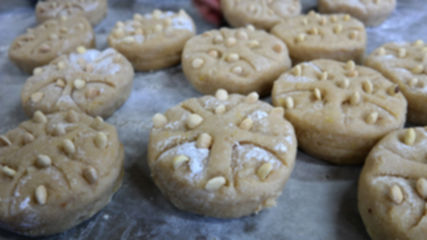
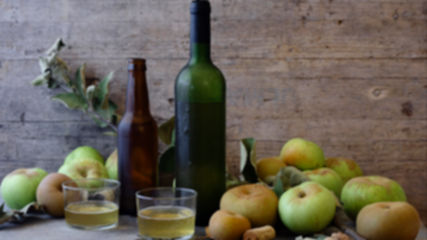
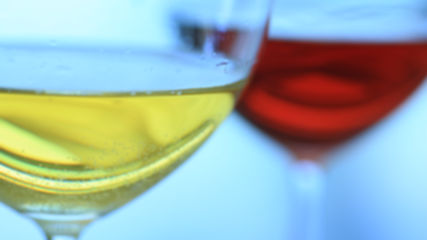
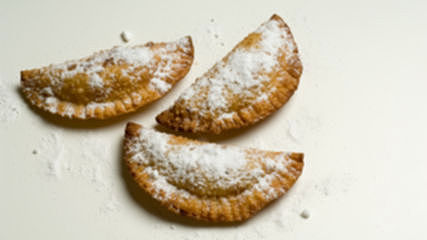
8. Atlantic splendour
The present sometimes draws on past brilliance. Testimonies and studies compiled by the Foundation for Ethnography and Development of Crafts of the Canary Islands (FEDAC) under the Cabildo de Gran Canaria have revealed that the first Three Wise Men parade on the island may have taken place in 1936. It was designed by artist Nestor Martin Fernandez de la Torre, whose work became a symbol of the splendour of the Atlantic. The oriental-style fabrics, the capes and crowns studded with rhinestones, the colourful floats laden with chests and the large, feathered fans made it such a successful event that it is still part of the island’s Christmas history.

9. Ckeck out the Christmas event programme for Gran Canaria
And remember that the Event Programme available on the official Gran Canaria tourism website is the best way to keep up to date with the main events that will take place on the island during the holiday season, as well as throughout the rest of the year.






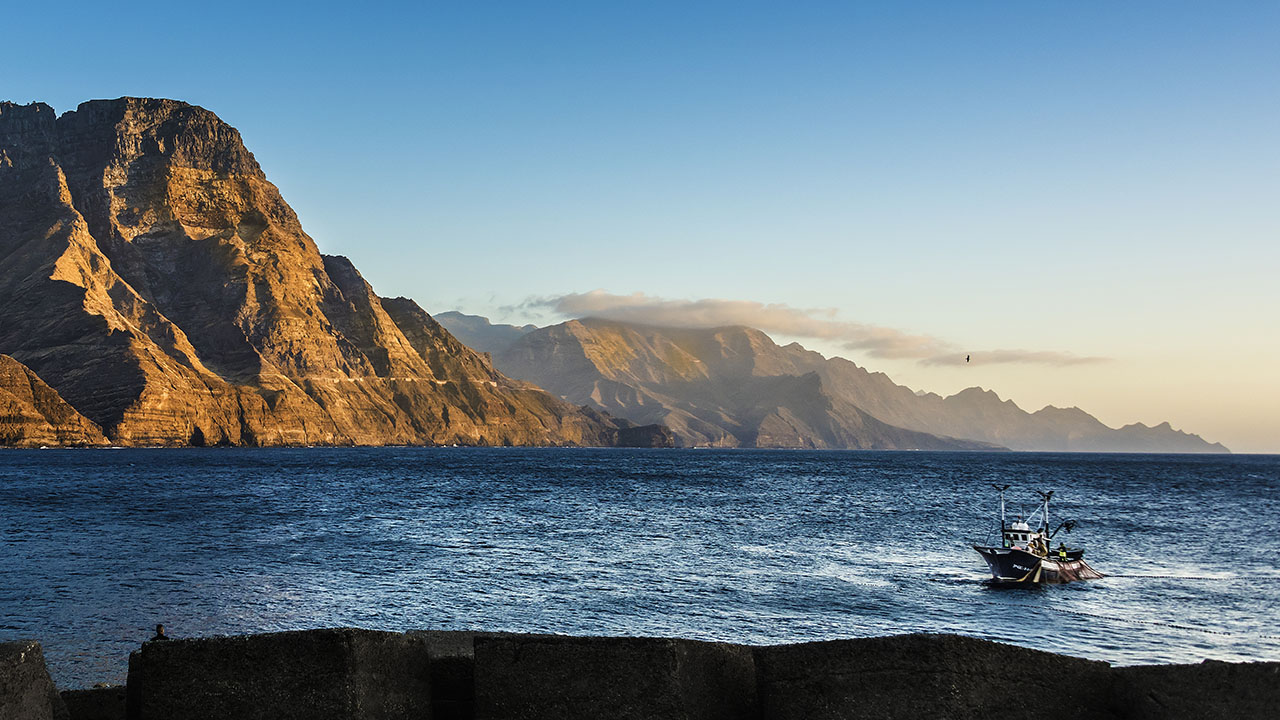
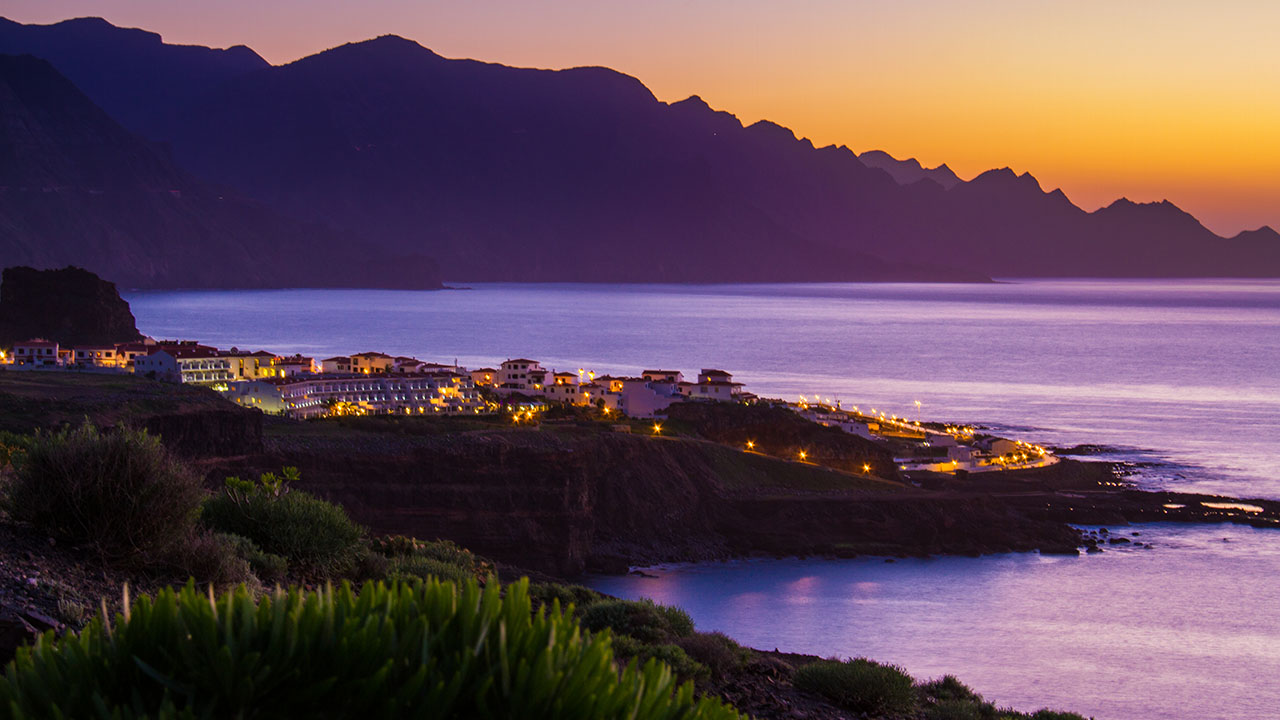
Comments are disabled for this post.